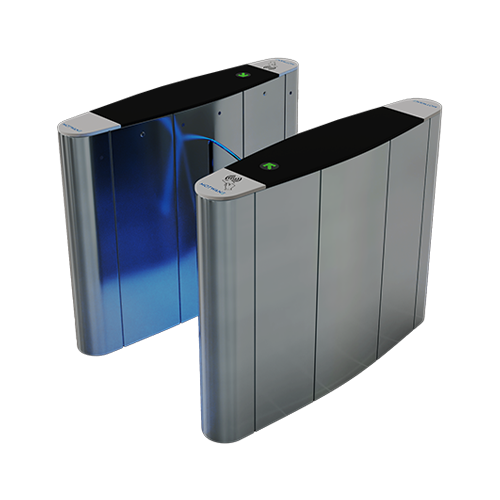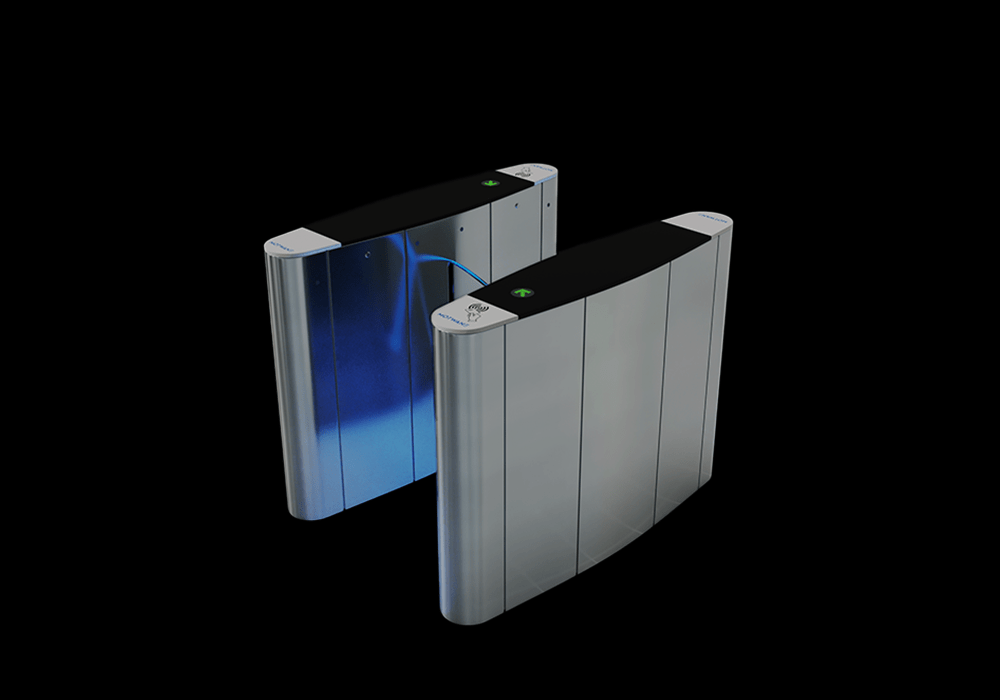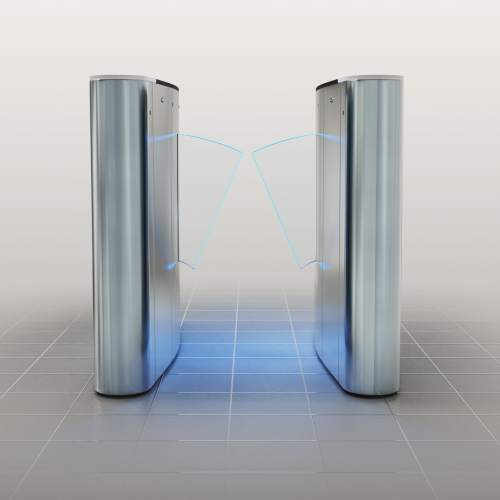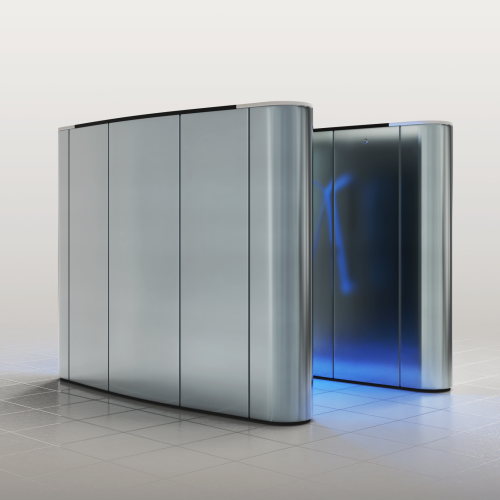FAQs
Frequently Asked Questions
Retractable barriers are physical security devices designed to control the flow of people or vehicles in both public and private spaces. These barriers function by extending and retracting to either block or permit passage, based on access permissions. They are commonly found in places such as airports, office buildings, parking lots, and event venues.
These barriers are typically installed in high-traffic areas such as airports, office buildings, metro stations, amusement parks, and other places requiring controlled entry, including secure premises and restricted zones.
Yes, they can be integrated with a variety of access control systems, such as RFID readers, fingerprint scanners, facial recognition, and CCTV. This integration enhances security by combining physical barriers with advanced authentication methods.
Retractable flap barriers are equipped with safety sensors that detect if a person or object is in the path of the closing flaps, preventing injury or damage. In case of emergencies, such as fire alarms, the barriers can be configured to automatically open for quick evacuation.
The flaps are usually made from high-quality, durable materials like acrylic, polycarbonate, or glass, designed to withstand daily wear and tear in high-traffic areas. The materials are chosen based on both durability and aesthetic requirements.
These barriers typically require a standard power supply and are designed to be energy-efficient. In the event of a power failure, many systems are equipped with a battery backup or can default to an open or closed position based on security needs.
Retractable flap barriers are designed for fast operation, typically retracting in under a second. This quick response makes them suitable for high-traffic areas where maintaining the flow of people is important.
Yes,
retractable queue barrier systems
can be designed with wider lanes to accommodate wheelchair users, ensuring accessibility for all. Some systems are also equipped to keep the barriers open longer to assist individuals with mobility challenges.
While both systems control access, a retractable flap barrier uses flaps to block and allow entry, while a turnstile typically uses rotating arms. Flap barriers offer faster throughput and a more seamless, less intrusive experience for users.






















